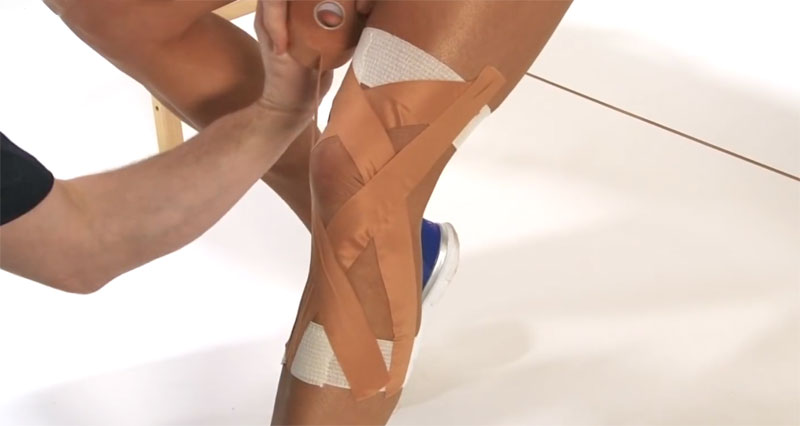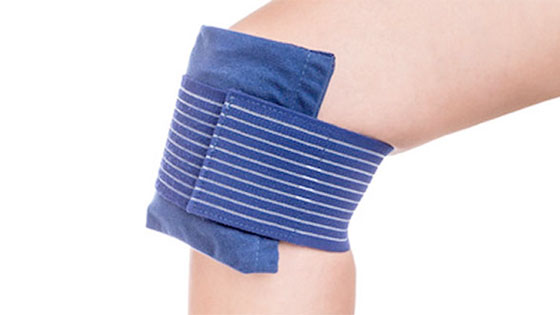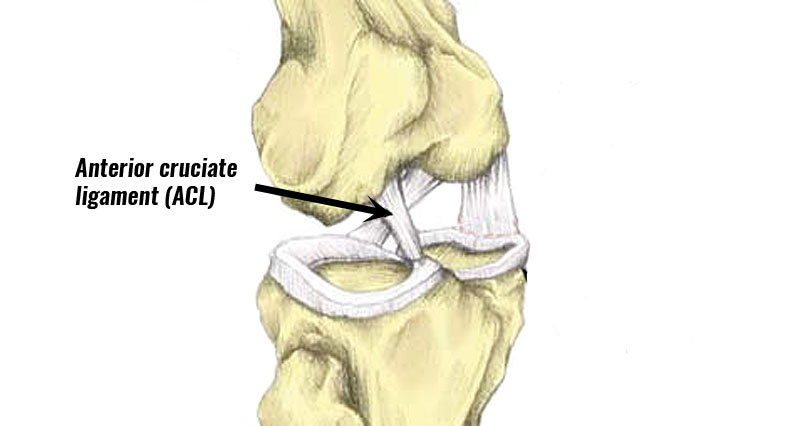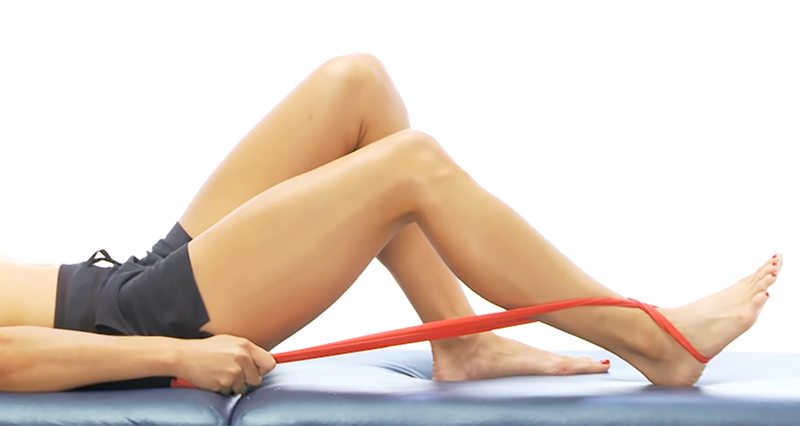Here we explain how a professional therapist diagnoses an ACL sprain of the knee and demonstrate the Anterior drawer test and Lachman’s test.
Medically reviewed by Dr. Chaminda Goonetilleke, 2nd Jan. 2022
Torn ACL symptoms
ACL tears usually occur from twisting the knee. Symptoms consist of:
- Sudden pain in the knee.
- An audible pop or crack at the time of injury.
- Rapid swelling (but not in all cases).
- Your knee may also feel very unstable and may feel warm to touch.
Most athletes seek professional advice at an injury clinic over the next couple of days. By this time, swelling in the knee will have increased making it very difficult to move the knee.
As a result, a doctor or physiotherapist may find it harder to make a diagnosis because of the swelling and limited movement.
If this is the case, you may need to rest a few days whilst the swelling subsides. Then return to have your knee re-assessed.
Your physiotherapist will test the stability of your knee using specific assessment tests. These include Lachman’s test and the Anterior Drawer Test.
Anterior drawer test for ACL tear
The patient lies on their back and bends the injured knee to 90 degrees. The foot is flat on the treatment bed (the practitioner may stabilize the foot by sitting on it).
The practitioner holds the upper tibia (shin bone) with both hands, just below the knee joint. Then they pull the tibia forward to assess how much movement there is and if there is any pain.
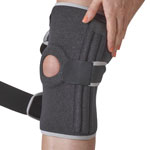
Buy Knee Braces
If your tibia moves excessively forwards without a hard end feel then this is an indication of a torn ACL Every patient is different so it is important to compare the injured knee with the healthy one.
No pain at all might indicate your ligament is ruptured completely.
If your anterior cruciate ligament is significantly damaged, these tests will show excessive movement (or laxity) (Magnussen et al., 2016)
Lachman’s Test for an ACL tear
The patient lies on their back with the knee flexed between 15 and 30 degrees. The practitioner grasps the outside of the lower femur (thigh bone) with one hand, just above the knee joint. The other hand is on the inside of the upper tibia.
The femur is kept still with the upper hand while the lower hand pulls the tibia forward. A positive result is seen if the tibia moves excessively forward compared to the other (healthy) knee.
Also, if there is not a hard endpoint felt then this also indicates a torn ACL. If the ligament is completely torn then this test may be pain-free because there is no ligament to be stretched.
In addition, when assessing an ACL tear, the practitioner may also test the range of motion and the strength of the surrounding muscles. They will also do a number of other tests to assess for associated injuries, such as meniscus tears.
Imaging
An MRI scan can confirm the diagnosis of an ACL sprain. An X-ray is only useful to detect a bony injury such as an associated avulsion fracture. This is where the ligament tears, pulling a small piece of bone away with it.


